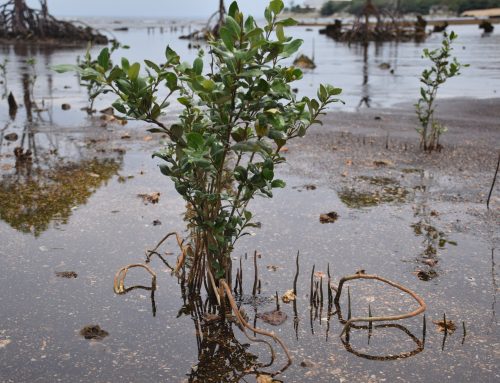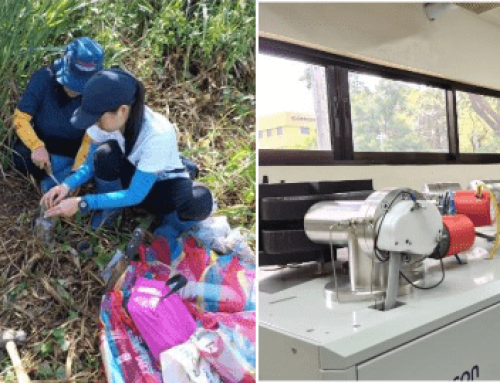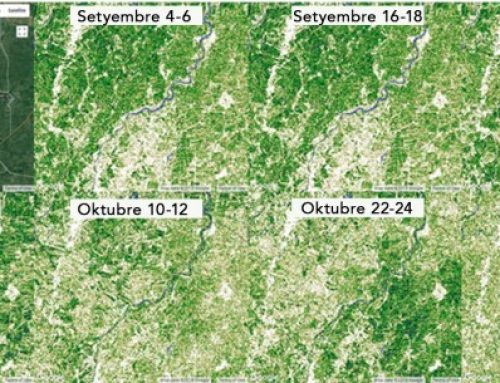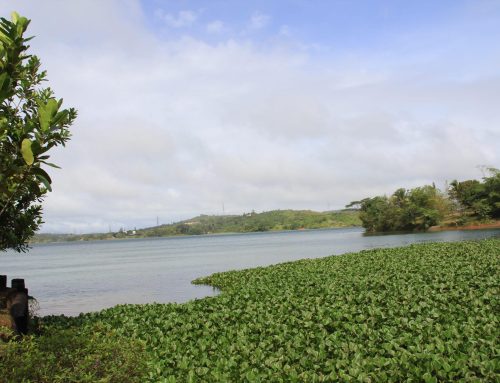In this Article
Through the years, attempts to restore degraded mangroves in different countries were made but very few reported high success rates. Species-site incompatibility, lack of technical know-how and environmental factors contribute to the failure of these efforts. Ecological Mangrove Restoration (EMR) is an approach to restore Abandoned Brackishwater Fishponds (ABF), which are formerly mangrove areas, through restoration of natural hydrology. While EMR has been recognized in some countries, it has never been applied in the Philippines. This preliminary study aims to determine the environmental and social factors that contribute to the restoration of mangroves in ABF.
The selection of abandoned brackish-water fishponds was coordinated with national government agencies such as the Department of Environment and Natural Resources (DENR) and the Bureau of Fisheries and Aquatic Resources (BFAR).
In terms of environmental factors affecting natural mangrove recruitment in ABFs, elevation, water pH, salinity, and proximity to natural stands were shown to major contributing factors. Models have shown further that natural regeneration was favored in higher elevations (>0.43 masl) while lower areas require interventions like active planting, preferably with Avicennia marina.
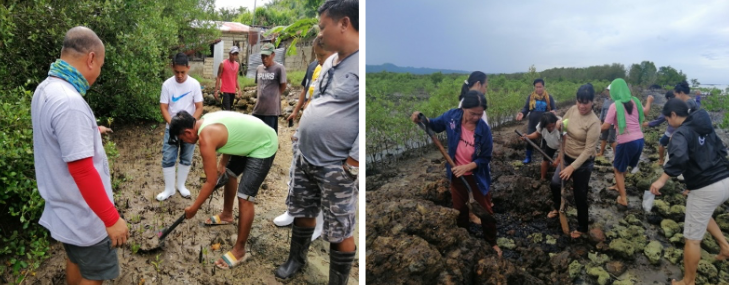
Other sectors involved in the Implementation of EMR include the Local Government Units, Academe and Research, Institutions, People’s Organization and local community members. The identification of the lead and cooperating agencies and their roles in each step of the EMR process were determined based on their mandates and technical capacities. In addition, institutional convergence and local community participation were employed in the implementation of EMR which served as basis for inputs to the protocols of EMR in the Philippines.
Since majority of the policies and initiatives in the Philippines are only pursuing active planting, EMR can be incorporated in future projects/programs. Funds for planting and other interventions may be prioritized in ponds which are less suitable to natural regeneration. This ensures an ecological yet practical approach in mangrove rehabilitation and management.

